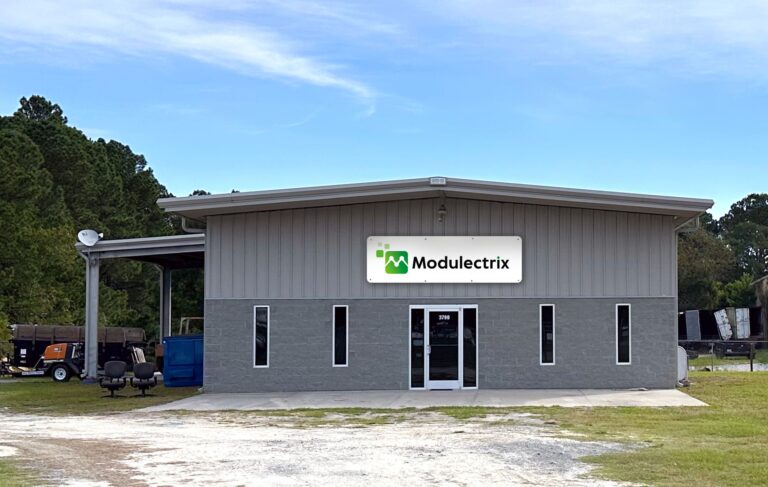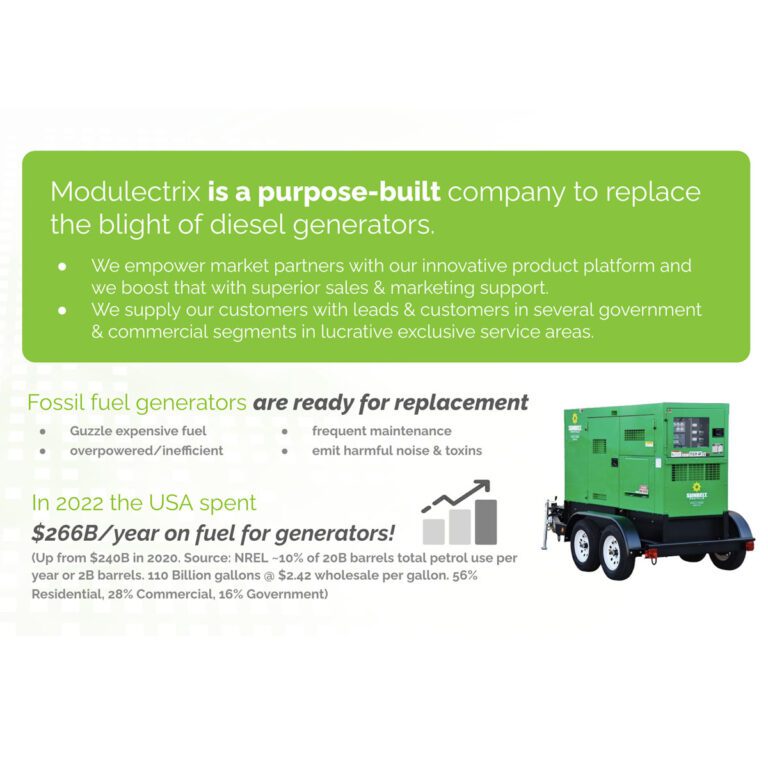
In 2022, the U.S. spent $440 billion on generator fuel, but the need to replace fossil fuel generators has never been more critical. These generators are plagued by inefficiency, frequent maintenance and long wait times for parts, as well as environmental pollution, including noise, and toxic emissions. Addressing this pressing carbon issue requires solutions that can permeate the marketplace both at speed AND scale. Modulectrix is dedicated to making diesel generators obsolete in terms of ease of use, portability, cost of use, and environmental benefit. Only then will the numbers of new diesel generators in the marketplace start to diminish.
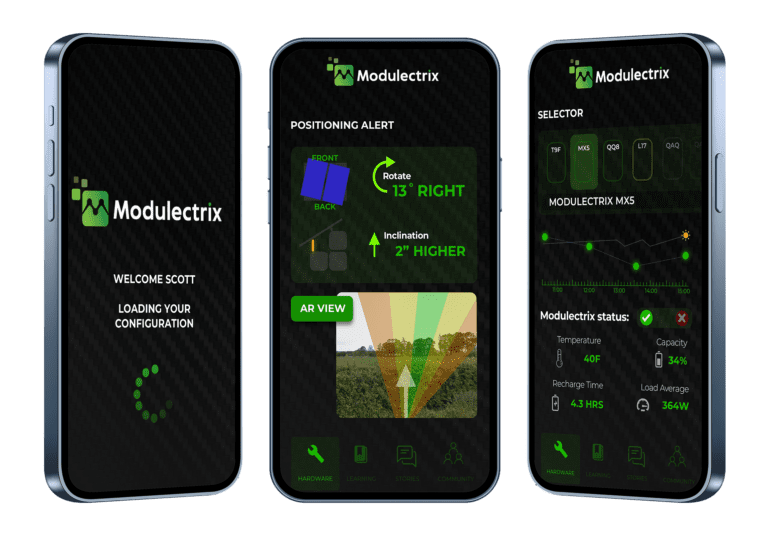
In our field, facilitating behavioral change is especially challenging, but essential! Recognizing this, we saw the necessity of engaging in educational 2-way dialogue with our customers and involving them in our design process is paramount to mission critical operations. This will lay the foundation for our mobile platform and will ensure ongoing feedback that strengthens our understanding of our users and mission critical use cases. We are dedicated to equipping clients not only with our innovative product platform, but also by providing insightful consumption data and recommendations for future best practices.
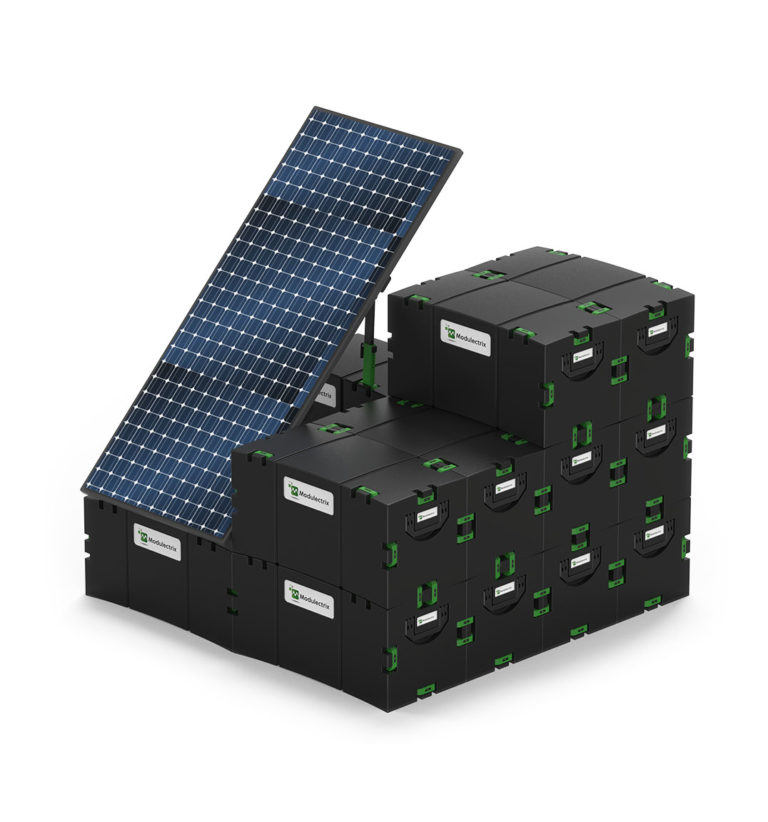
The mission-critical quality standard requires R&D priorities in several conflicting areas such as integrated RO components to ensure clean purified drinking water, embedded systems engineering and proprietary system control components that yield secondary and tertiary redundancy, and diving into RF control materials that allow our blocks to function without disruption to critical site-wide radio communications.
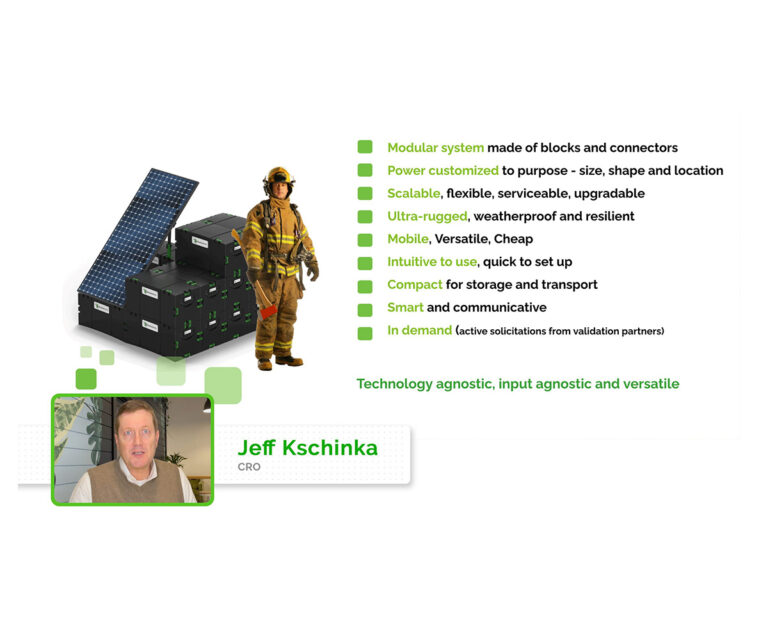
Until this point, Modulectrix, Inc. had been operating on a bootstrap budget to conduct extensive initial feasibility planning. With our business assumptions validated, It was time to embark on our first significant fundraising initiative to effectively develop our initial prototype. We were quick to secure SEED stage investment from angel investors. An initial offer from a venture investor group further told us we were on to something, but we decided to hold out until after our first product development round was complete.
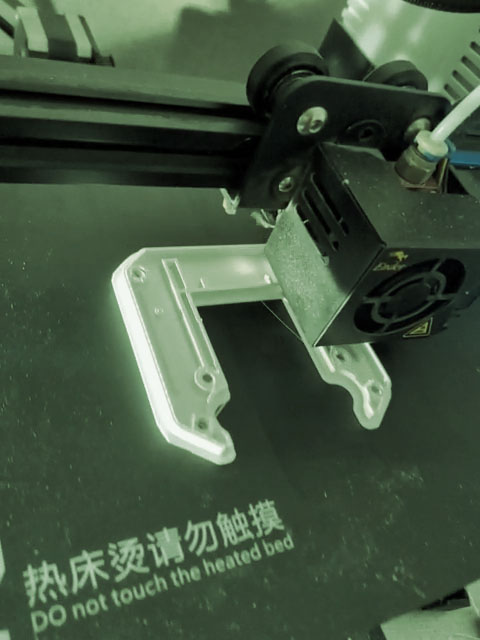
With some SEED funds in hand, and two very interested market validation partners eager to collaborate, we prioritized engineering a “quick to market” solution with robust PV arrays. We initiated prototyping our patented U-connector and explored various 3D printing and additive manufacturing technologies, leading to the creation of our first MVP prototype enclosure. The initial design came to fruition only after an iterative design process of more than 100 enclosure designs.
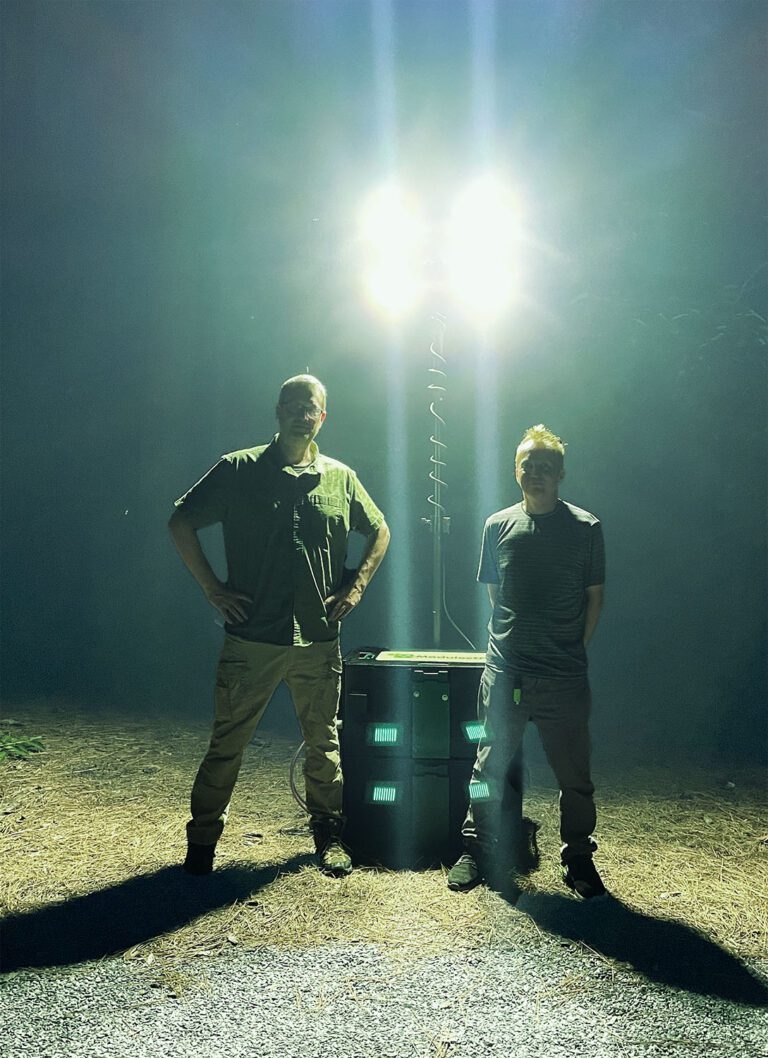
Utilizing large-scale 3D printing for enclosure components and lid mechanisms, along with dovetail box connectivity and power testing, we completed prototype units featuring a light tower. Remarkably, within just a year of forming Modulectrix and with minimal capital, conducting thorough research, and refining our technology, we were ready to deploy our product in the field for the first time. These initial deployments were extremely successful in demonstrating the value and potential of our modular block concept for both commercial and government applications.
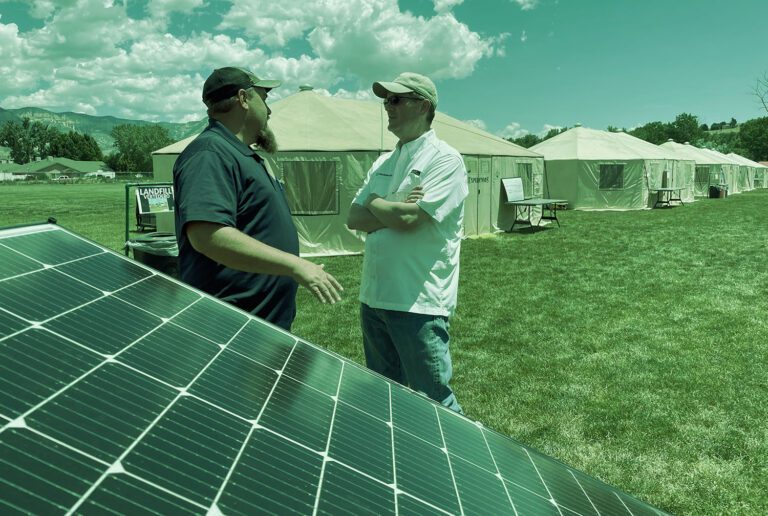
Modulectrix, Inc. was enlisted to support the U.S. Forest Service's Base Camp Operations. A comprehensive field study was conducted to analyze the power consumption of all Incident Command Posts’ electric devices, culminating in a formal report presented to government stakeholders. Shockingly, we learned that almost all diesel generators deployed were running at 20-25% load, further confirming the huge cost and waste common in remote deployments. This pilot project was deemed a significant success, prompting the transition to the next phase of scalability and mass production.
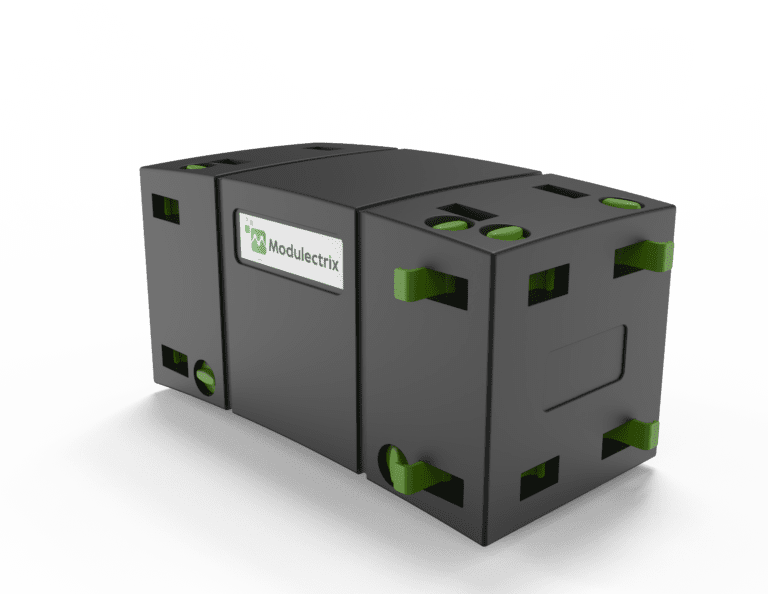
With the invaluable insights gained from our pilot project, we initiated refinements to our enclosure design and opted to produce an intermediary unit leveraging sheet metal manufacturing. We finalized component selection and fit-out, alongside optimizing the wiring harness, power flow, and performing electrical resistance and performance testing. Additionally, we progressed with the development and integration of proprietary control systems for redundant real-time monitoring and remote control.
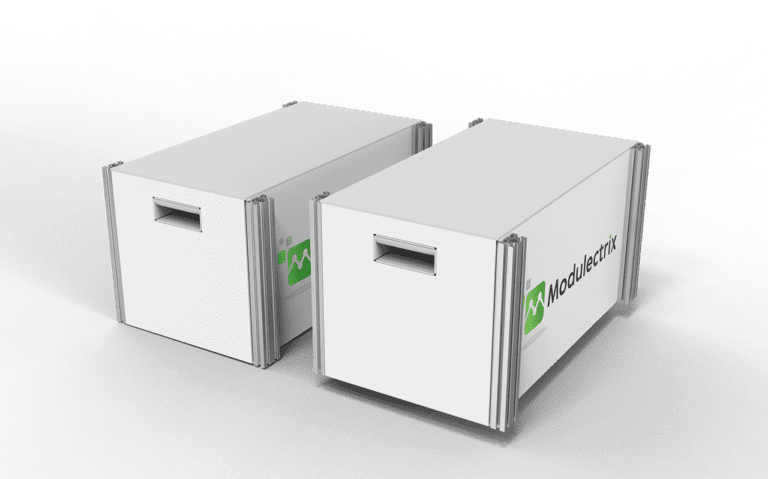
Following a comprehensive QA/QC process, we made several improvements to our enclosure (versions 2.1 to 2.3). These enhancements ensured that our units met the highest standards of quality, performance, and modularity, and prepared them for eventual mass production. This meticulous process further solidified our commitment to quality and our readiness to scale up and meet the diverse needs of new customers.
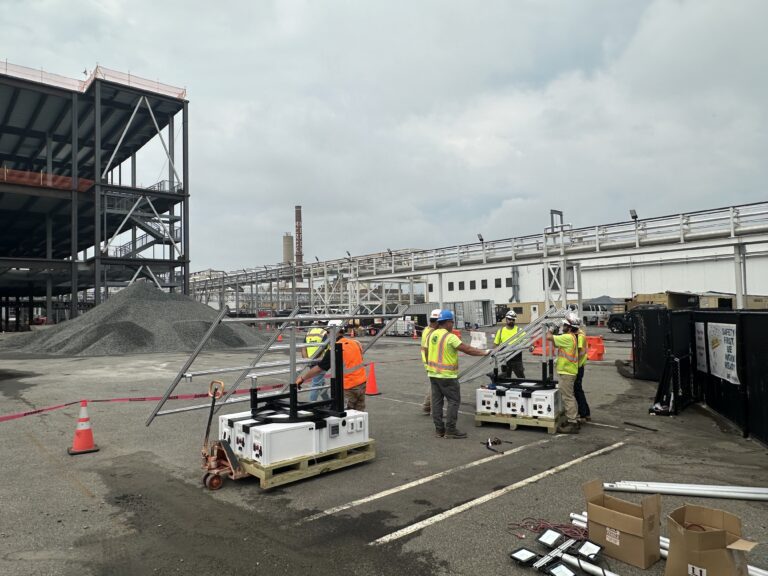
Our initial sales involved sustainably powering UAS operations with a mobile unit for the U.S. Forest Service's hotshot fire base. We also produced large-scale solar generators and light towers for a multinational pharmaceutical company. These projects helped to further optimize our production process and refining our capabilities.

